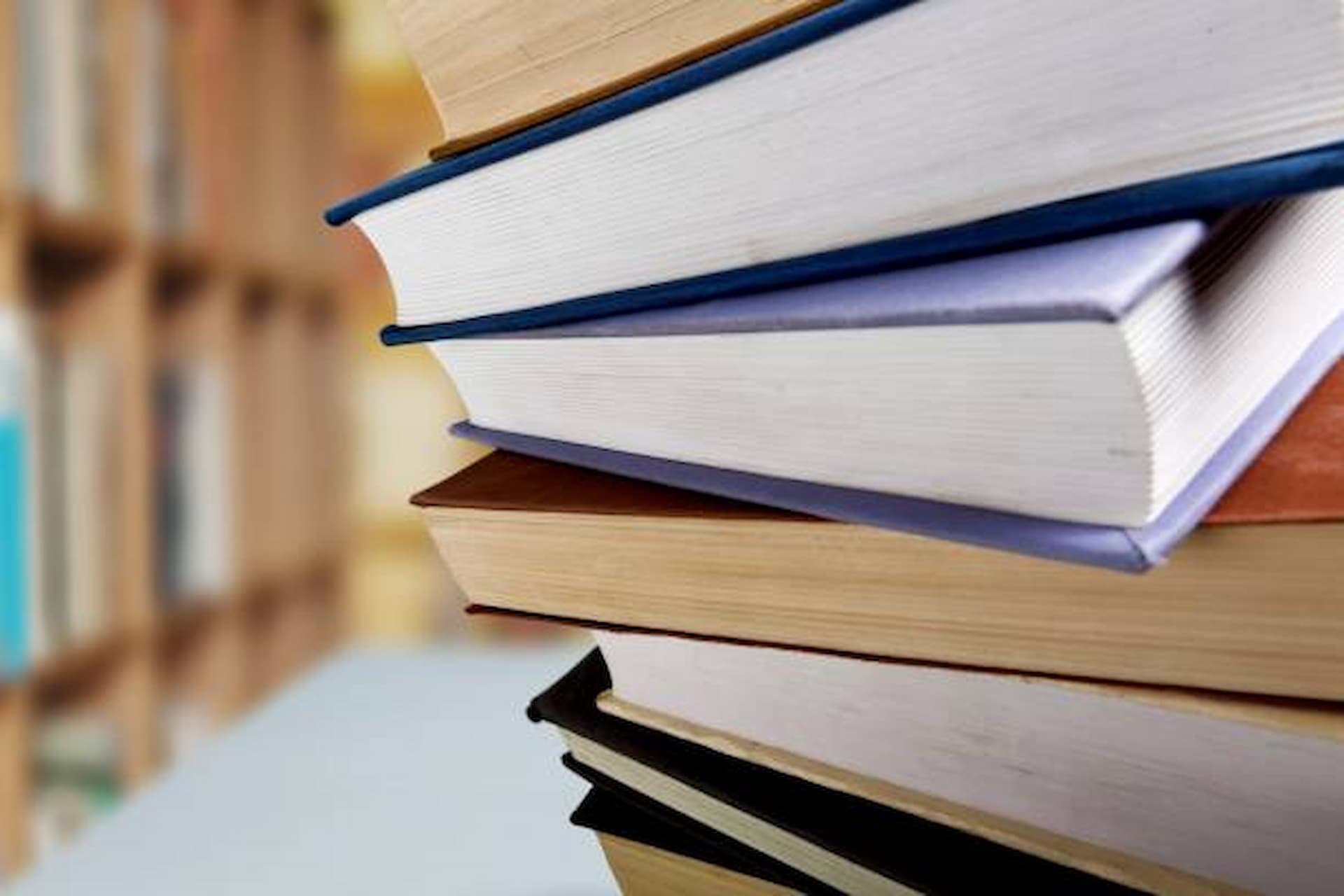Whether you’re considering getting your first book printed or looking to make your current book perfect, it’s essential to know the qualities that make perfect-bound books unique. These qualities aren’t just about the paper, adhesive, and binding – they’re about the quality of the writing and the book’s look.
Minimum page count
Having a proper minimum page count is vital for perfect bound books. To secure the glue properly, you must have enough pages to create a thick block. This means you will need at least 60 pages. For smaller books, the minimum is much lower. The number of pages is a function of the paperweight, size, and stock type. It’s common for a book to have hundreds of pages. The minimum page count for a perfect bound book is between 40 and 400. This is a relatively easy rule, however. The most common book sizes are 5″ x 6″ and 8.5″ x 11″. You will need a cover and two text files to create a perfect bound book. One file is for the front cover, and one is for the inside pages. These are typically thinner pages to facilitate easier reading. The body is a thicker piece of paper that will wrap around the inside pages. The surface can be in a solid color or a print-on-demand image.
EVA glue vs. PUR glue
Choosing the correct type of book-binding glue can significantly affect the final product. Understanding how each glue works will help your business make the right choice. PUR and EVA are two different types of adhesives used in perfect binding. Both have their advantages and disadvantages. Before you make a decision, it’s essential to understand each glue’s advantages and disadvantages. A perfect bound book will be a clean, compact, and secure result. PUR’s bond strength is significantly greater than EVA, making it the best choice for many applications. PUR is also more resistant to print ink oil migration. It bonds to a broader range of substrates, including coated and uncoated stock. It is also less sensitive to temperature extremes than EVA.
PURs are a little more expensive than EVA but can offer more versatility. PUR is used to bind aqueous, UV-coated, and recycled papers. It can also be used to bind cross-grained stocks.
Cost-effectiveness
Choosing the suitable binding method can make all the difference regarding durability and long-term usage. While there are several options to choose from, perfect binding is one of the most popular and effective methods. Businesses often use this process to produce high-quality printed products for a low cost. Perfect-bound books are great for magazines, catalogs, and trade show books. They have a professional look and feel. They are also lightweight to mail or carry around. They are available in a variety of paper weights and full colors. Printed on high-quality paper, they can stand up to years of use. Aside from being cost-effective, perfect-bound books also have several other compelling benefits. These include the ability to print on the spine, allowing you to include text on the backbone of the book, and providing a professional look. The cover is also typically laminated, giving the book a sleek finish. In addition, perfect-bound books are generally thinner than their hardcover counterparts, reducing shipping costs.
Durability
Perfect binding on your books can add a professional look and give your reader a fabulous shelf presence. It is also a cost-effective way to produce high-quality books while maintaining a competitive return on investment. Unlike hardcover books, perfect-bound books have a clean, square spinal edge. The spine is glued to the cover using a strong, flexible glue. Often, the surface is laminated for extra durability. This strengthens the books but is less durable than hardcover books. Perfect-bound books are generally made of heavyweight paper stock. They are also often printed in full color. They have a professional look that is popular with publishers. They are an excellent solution for mass-produced paperbacks, training manuals, and yearbooks. They are also prevalent in independent novels. They are very affordable, allowing publishers to meet deadlines while offering a professional look. In addition, they can be printed in limited supplies, making them an excellent option for on-demand ordering. Perfect-bound books are usually made of thicker paper stock than interior pages, forming a flat spine edge. In addition, the cover is often clear-coated to enhance the book’s look.
Spine width varies based on the number of pages and paper weight
Whether you’re making a book, a booklet, or a magazine, you need to know how to measure the spine width of your project. The spine is the area between the front and back covers. Your book cover can ruin a professional look if it’s not designed correctly. The spine is also the first thing a reader sees when scanning the shelves. However, you shouldn’t just make a random guess at its size. Using an online calculator can help you get the right size. You should also keep in mind the tiniest details, including the thickness of your paper. The number of pages will also affect the size of your spine. Using a book cover maker tool can calculate the spine width for you.
Saddle-stitched
Perfect-bound books are a great choice whether you want to publish a small booklet or an extensive catalog. They offer a professional look and durability and are less expensive than hardcover books. They also provide the flexibility to print on a flat spine, which can be a valuable feature for catalogs and other books. Saddle stitching is a simple binding technique that connects multiple pages. This method is usually used for booklets that have four pages. However, it can be used on other projects, too. Some of the most common uses include coloring books, calendars, and catalogs. Saddle stitching is not suitable for books that have more than 48 pages. This is due to a phenomenon known as page creep. When the inner pages of a saddle-stitched book stick out farther than the outer pages, the book will tend to open.





